Good Nutrition Should Be Our Mission
Jun 21, 2019 • 137 views
“Diet is the essential key to all successful healthy. Without a proper balanced diet, the effectiveness of treatment is very limited” – Michael Tierra
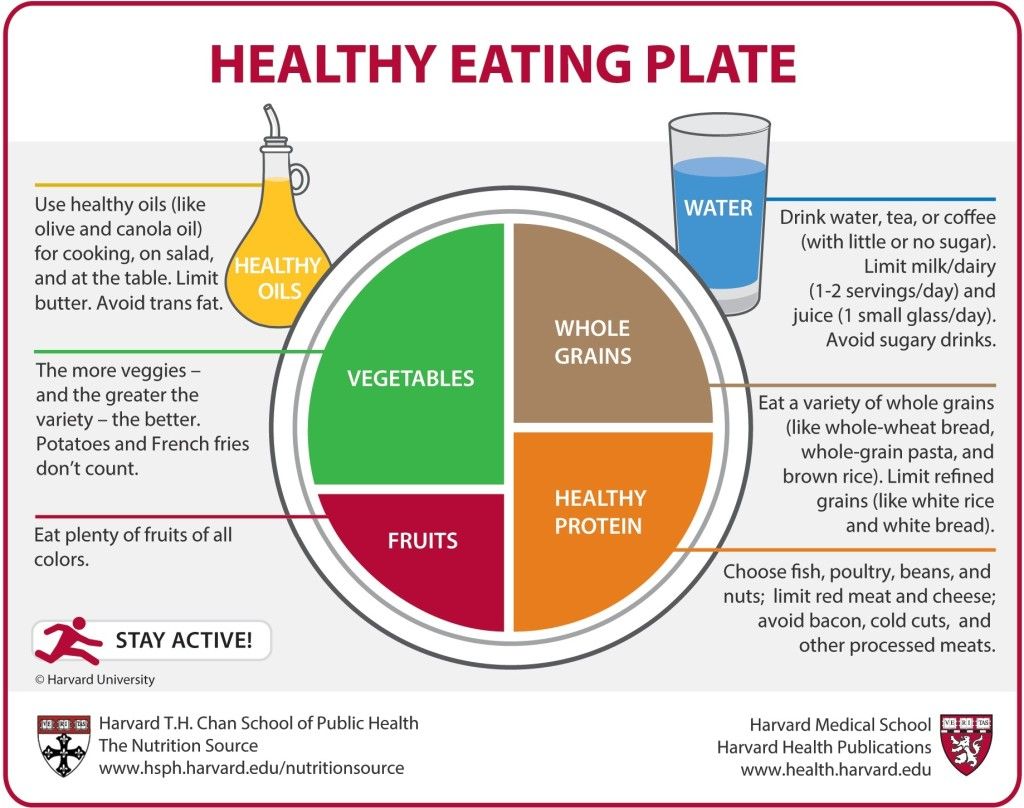
Good nutrition is the new tradition.
We all love munching fries, burgers and pizzas, don’t we?
Why not! It’s so yummy.
But, do you know how many calories are packed in your favorite snack or meal-on-the-go?
Click the link here to know your recommended daily calorie intake and know what your favorite snack bestows you with:
http://www.center4research.org/fast-food-facts-calories-and-fat/
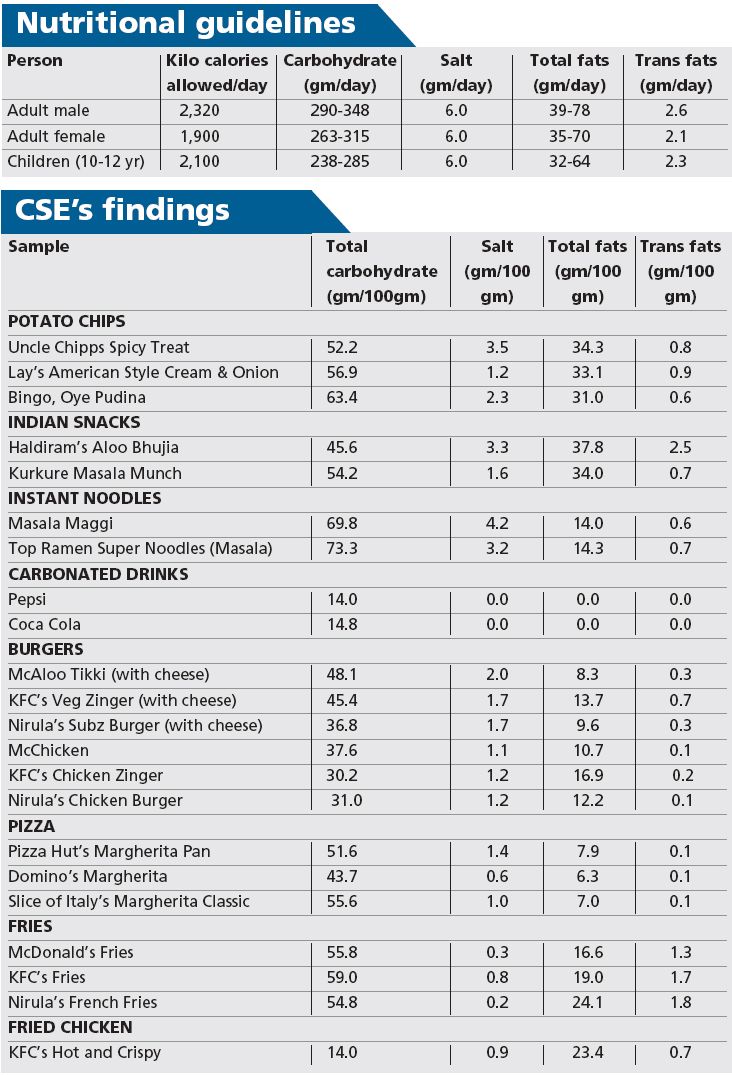
Does your favorite snack gives you more than the recommended calorie intake?
If yes, then you will gain weight and be more prone to diseases out there!
In this case, you wisest decision should be avoiding the fast food.
Ways to keep a track on your daily calorie intake
That’s pretty simple!
Maintain a food diary
This will help you to keep a track on what you eat and what you want to change. In this diary, you can include every detail like when you ate, with whom you ate, what you ate and how much you ate. You can also include how you feel after eating that particular thing.
Read the Nutrition Facts label
This is the most important thing that we always tend to skip. Is reading nutrition facts really important? Yes, it is! Knowing how many calories you are consuming will help you to keep a check on your weight as well as stay healthy.
Understanding the nutrition facts label on your food package will help you make healthy choices. The U.S. Department of Health and Human Services have listed an easy guide to understand the nutrition facts label.
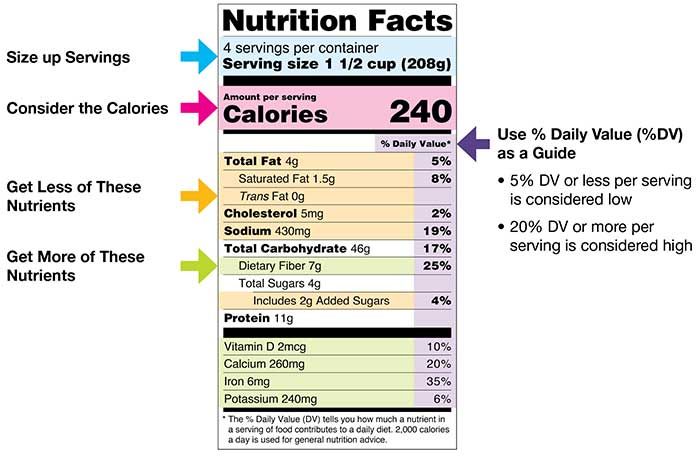
Here’s how to do it:
Look at the serving size and the number of servings per package.
Check out the calories. This will tell you how much energy is in 1 serving of a food. In general, 100 calories per serving is moderate and 400 calories per serving is high.
Look at the percent Daily Value (% DV) column. It will show you if a food is higher or lower in certain nutrients. You should look out for foods that are lower in added sugar, sodium and saturated fats (5% DV or less) and higher in fiber, calcium, potassium, iron and vitamin D (20% DV or more)
Nutrients and ingredients that should be limited in our food
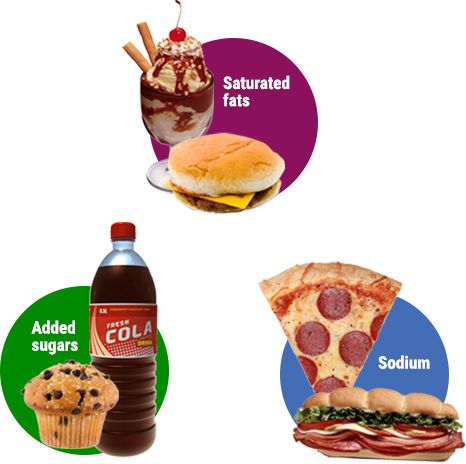
You should limit the usage and consumption of the following nutrients and ingredients:
Sodium
Most of the sodium we eat comes from packed and processed foods. We should also limit the usage of salt in our food, while preparing food at home. Look out for healthier options.
Added sugars
Added sugars include syrups and sweeteners that are added to products like sodas, yogurt and even cereals. Such drinks and foods should be avoided. Look out for healthier options.
Saturated fats
Saturated fats comes from animal products like cheese, fatty meats and poultry, whole milk, butter and other sweets and snacks. Even some plant-based products like palm and coconut oil have saturated fats in them. We should look out for fat-free or low-fat options like lean cuts of meat and poultry, fat-free or low-fat dairy products. Eat a variety of foods with protein like fish, shellfish, beans and nuts.
Refined grains and starches
Refined grains and starches are in the foods like cookies, white bread and snack foods. Choose foods with whole grains like 100% whole-wheat bread, cereal and pasta.
“Don’t dig your grave with your own knife and fork”.
Eating healthy will keep you healthy.
When you’re away from home, you should make smart food choices.
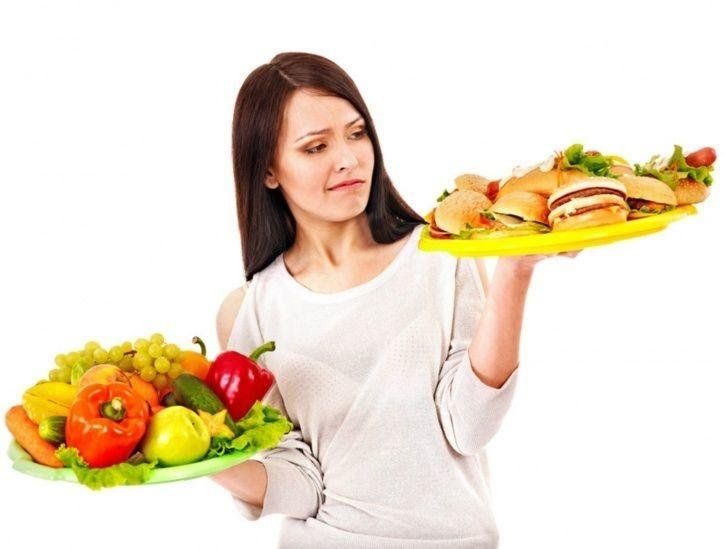
Try these tips for healthy eating
Skip soda and concentrated juices and drink water or 100% real fruit juices.
Have sandwich on whole-grain bread instead of white bread.
When you’re in a restaurant, choose dishes that are baked, grilled and steamed and not fried.
When on a long drive or for shopping, pack foods like fruits, unsalted nuts or low-fat string cheese sticks.
There’s something special for you. Find out for yourself:
Last but not the least comes….. Exercise or any kind of physical activity.

“Exercise is the king, Nutrition is the queen. Put them together and you’ve got a kingdom”
If you are not sure about how much exercise or physical activity you need, then check the link here to know it:
Want to workout like celebrities? Here’s a guide for you:
So, let’s together unlock our potential with good nutrition.
Say “YES” to Nutrition and “NO” to Junk.
